How Much Does a Feline Leukemia Test Cost?
Published December 16, 2021
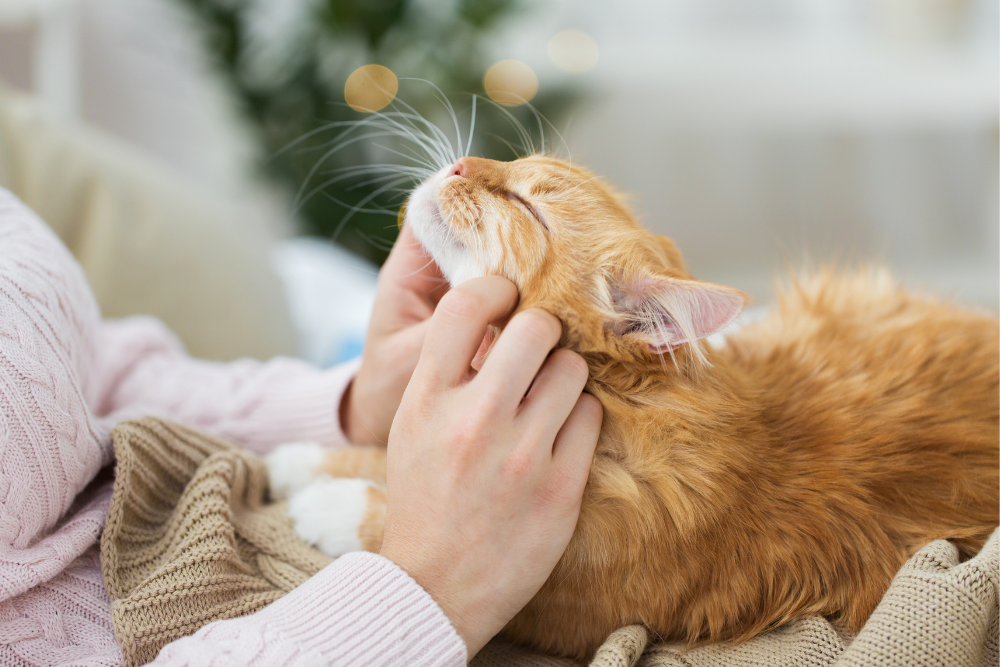

Content Reviewed by an Essentials PetCare Veterinarian
The feline leukemia virus, or FeLV, is one of the greatest dangers to the health of your cat. In fact, the virus is one of the leading causes of deaths in cats!
Thankfully, a positive diagnosis doesn’t always mean the worst. Many cats are able to continue their lives with the virus or get rid of it on their own.
But how do you know if your cat is a carrier? The best way to monitor your cat is with FeLV testing. So, how much does a feline leukemia test cost?
The Cost of a FeLV/FIV Test
At Essentials PetCare, we offer affordable FeLV and FIV (feline immunodeficiency virus) testing. A FeLV/FIV test is just $40 for both cats and kittens at any of our locations. The test can be given on its own, or added on to any of our other services.
We also offer the Leukemia vaccine bundled with the FeLV/FIV test starting at $55.
Important to note: the FeLV vaccine does require a negative test result if it’s an overdue booster or if you cannot present proof of previous vaccination.
How Do Feline Leukemia Tests Work?
Feline Leukemia tests use blood samples to look for protein antigens to the virus present in the cat. A veterinary technician uses a special test kit that requires a blood or saliva sample.
If the kit changes color, it is a sign that antigens are present in the cat’s blood. These kits are very similar to the type of kits used to determine a positive pregnancy in humans and take 10-20 minutes to read. A more advanced type of test is sometimes used, which sends the sample off to a diagnostic lab and takes a few days.
FeLV Diagnosis
It’s important to note that no tests are one hundred percent accurate, but a positive result means that the cat is most likely a carrier of the virus. If your cat is diagnosed with feline leukemia, you should know that there is no cure. However, that doesn’t mean nothing can be done. Your vet can still advise you on the best treatment to help aid symptoms and improve their quality of life.
Fortunately, many cats with positive results can continue to live healthy lives for several years. In some instances, the virus even resolves on its own.
However, if a cat seems healthy but tests positive for FeLV, they should be quarantined from other household cats and retested in a few months. Why? Because FeLV carriers can infect other cats.
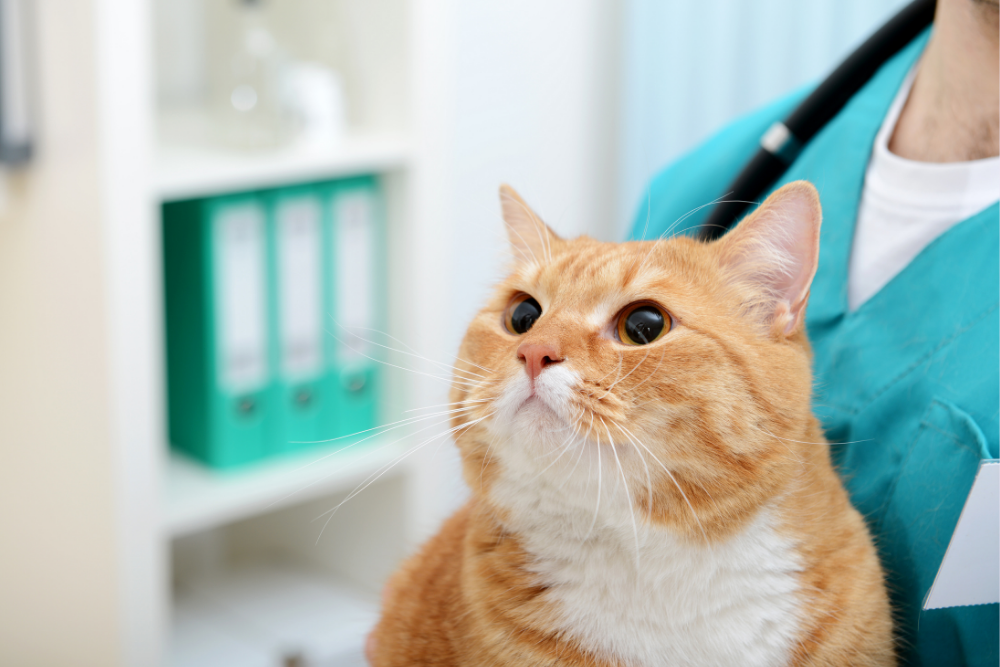

When Should My Cat be Tested for FeLV and FIV?
If your cat is showing signs of illness, especially unusual ones, it is a good idea to have them tested for both FeLV and FIV. Because these viruses can lead to multiple diseases and health problems, early diagnosis is key.
Additionally, if your cat has been exposed to other cats who have either virus, they should be tested. And if you are adopting a new cat and you do not know their medical history, it is highly recommended you have them tested. You can help keep the feline leukemia test cost down by taking care of shots and other routine care at the same time.
Can You Administer a FeLV Test at Home?
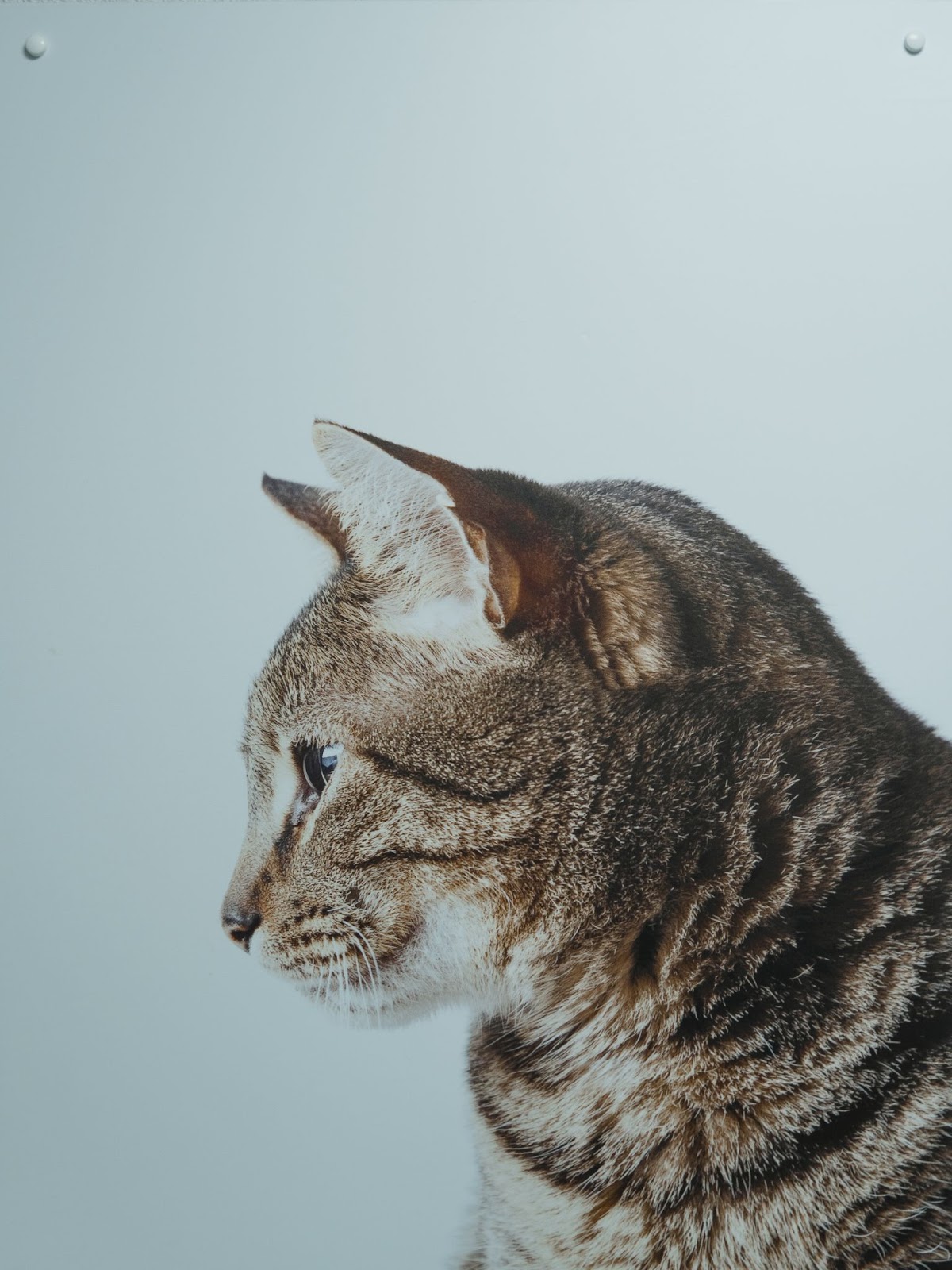

Yes, there are at-home options for feline leukemia tests. However, it is recommended to have a test administered professionally by a veterinarian for a number of reasons.
These include:
- The multiple variables when testing
- The severity of a cat’s illness may merit a diagnostic test to be sent to a lab
- It can be difficult to maintain a sterile environment at home when testing your cat
Because of these factors, Essentials PetCare makes it easy to have safe and reliable testing done at a reasonable cost to you.
Understanding Feline Leukemia
Feline leukemia affects thousands of cats each year. And it’s more prevalent in cats who are already ill or immunocompromised. Fortunately, the FeLV vaccine has helped lower the number of infections considerably.
Contracting Feline Leukemia
Feline leukemia is contracted through saliva, blood, and sometimes urine and feces. It is a disease that is transmitted from cat to cat — people and other animals cannot become infected. And while the virus can only live outside the body for a few hours, it is highly contagious. Some common ways the virus is contracted are believed to include:
- Grooming
- Fighting
- Shared water and food dishes
- Shared litter boxes
- Passed down to kittens from an infected mother, either in utero or through the mother’s milk
Fortunately, studies show resistance seems to increase with age, which means older cats are less susceptible.
Symptoms of Feline Leukemia
Cats who have Feline Leukemia may present with some of the following symptoms:
- Yellow eyes
- Yellow or pale gums
- Bladder issues
- Coat or skin conditions
- Swollen lymph nodes
- Weight loss
- Loss of appetite
- Diarrhea
- Lethargy
- Fever
- Breathing issues or respiratory infections
- Reproductive issues
Stages of Feline Leukemia
There are different stages of FeLV that can affect cats in a variety of ways:
- Abortive infections: These are the rare cases where a cat’s immune response destroys the virus and eliminates it on its own.
- Regressive infections: In some cases, cats’ immune systems are able to remove FeLV from their bloodstream but not their bone marrow. This makes the virus dormant, and they are not symptomatic or contagious. However, the virus can wake back up sometimes and become active and contagious again.
- Progressive infections: Cats with this type of infection have FeLV virus particles active in their blood. In these cases, they will likely show signs of disease and can infect other cats.
Should I Get a FeLV/FIV Test for my Kitten?
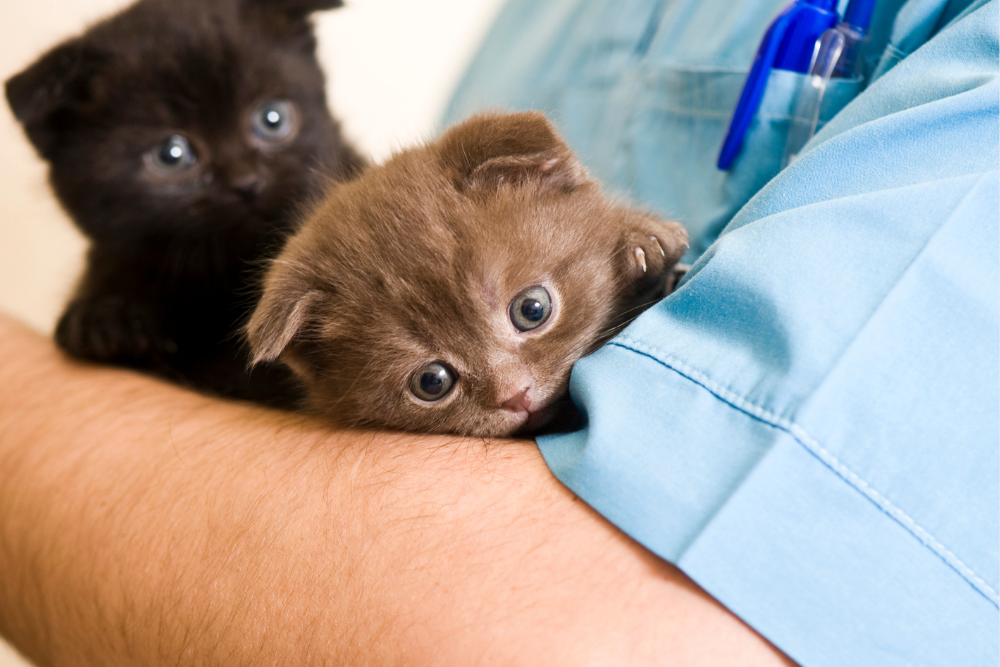

Yes, kittens should be tested for FeLV/FIV. And the feline leukemia test cost is the same for kittens and cats. But it is important to note that some kittens test positive for FeLV or FIV without actually being infected.
This is because virus antibodies can be passed through the placenta or milk from infected mothers. Kittens should be tested and receive their first leukemia vaccine at their first visit (9 weeks), followed by a leukemia booster at their second visit (12 weeks).
How Can I Protect my Cat from Feline Leukemia?
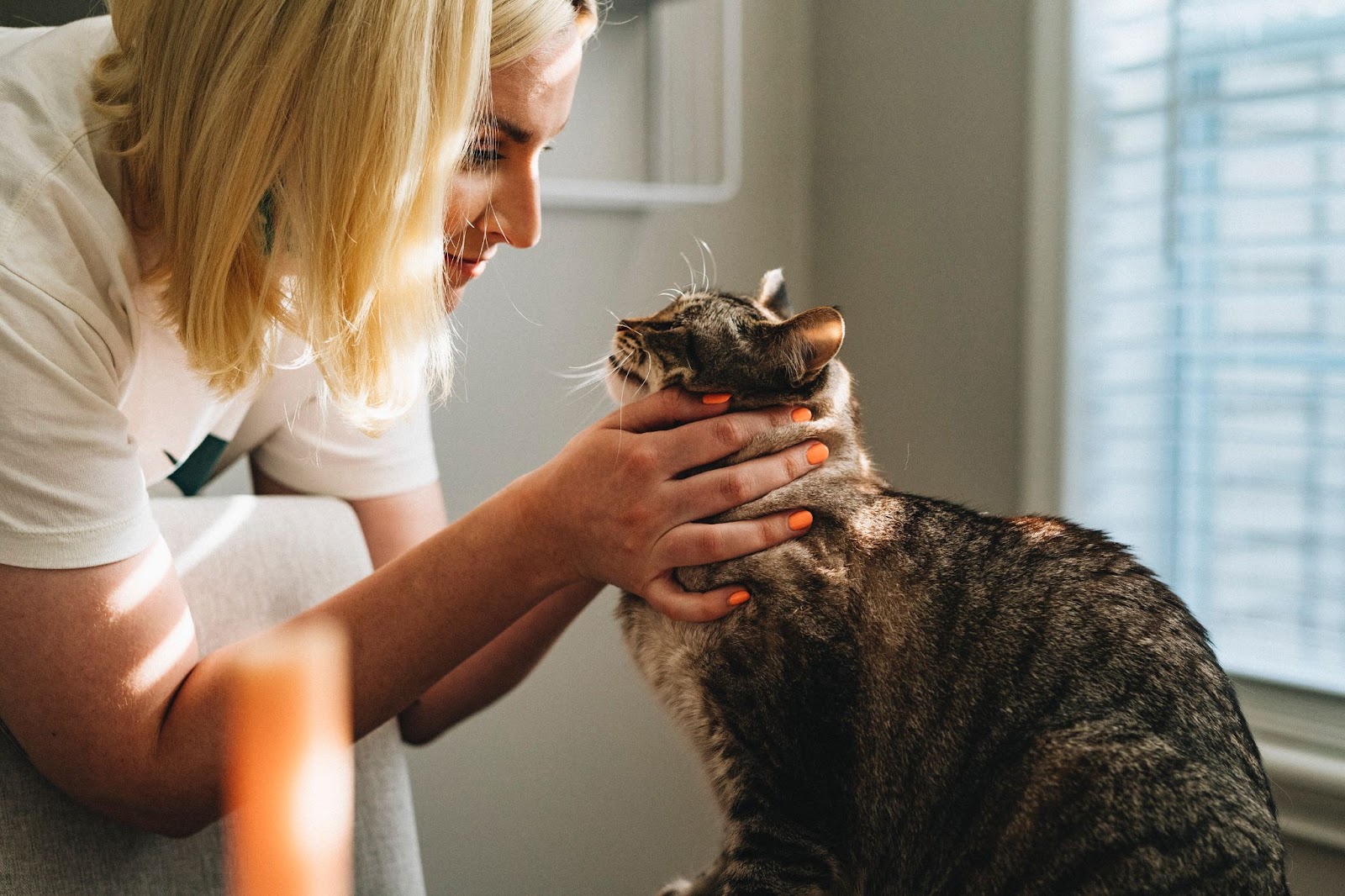

One of the only proven ways to protect your cat from feline leukemia is to limit their exposure to other cats who may be infected. This means keeping your cat indoors, or monitoring their outside time. For indoor/outdoor cats, regular FeLV/FIV testing is recommended.
The other way is to be proactive and have your cat vaccinated against FeLV and other major illnesses. While no vaccine is 100 percent effective, they greatly reduce your cat’s chances of contracting major illnesses during their lifetime. Essentials PetCare offers vaccination packages at affordable prices for both cats and kittens to ensure their safety and your peace of mind.
Essential Tip: View our affordable cat service options. Qualifying pet parents can also apply to pay over time on purchases of $150+.
Prices subject to change. See current prices: https://essentialspetcare.com/services.



